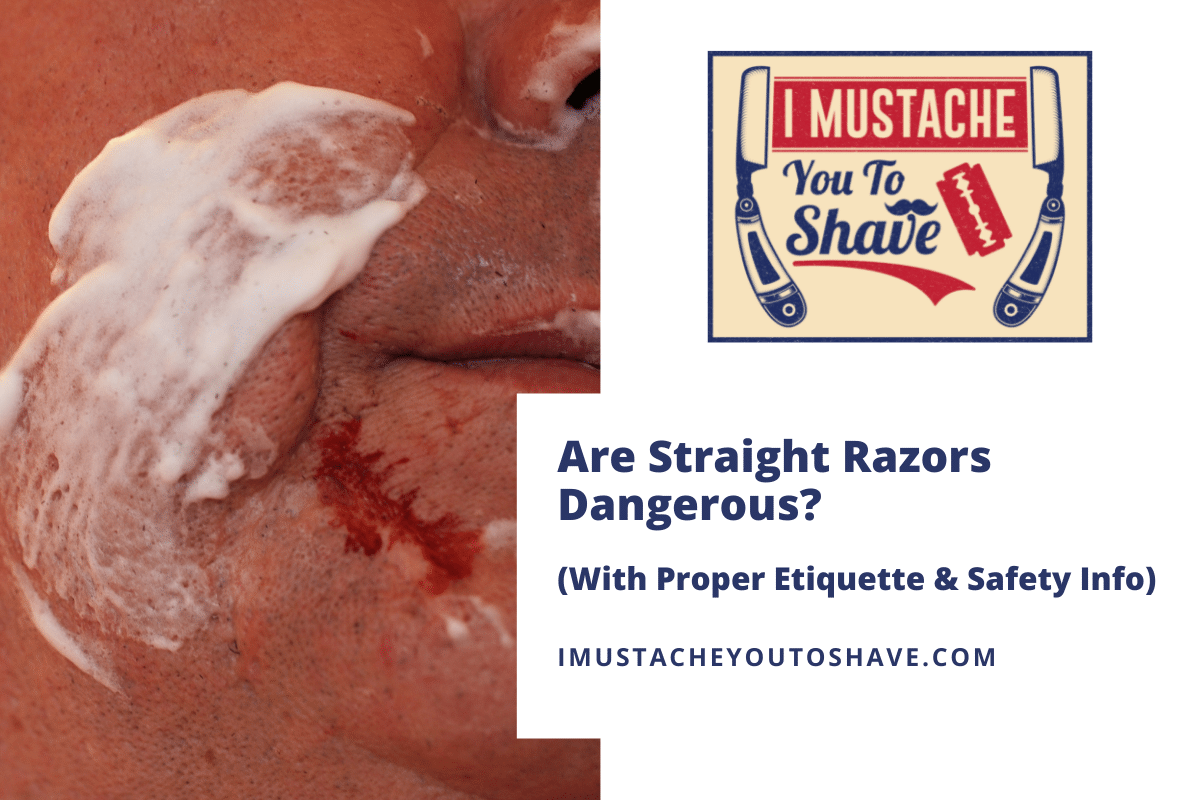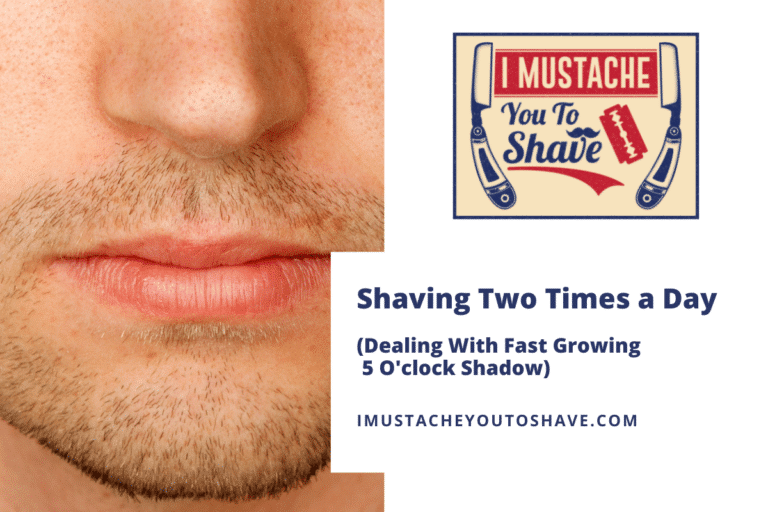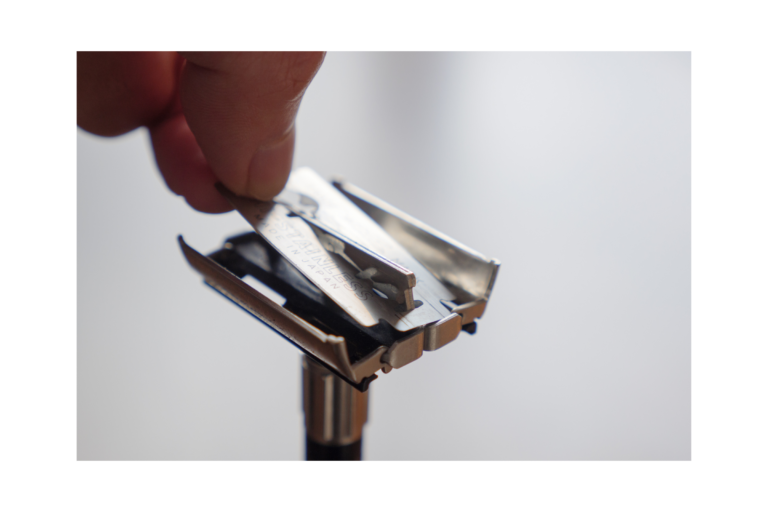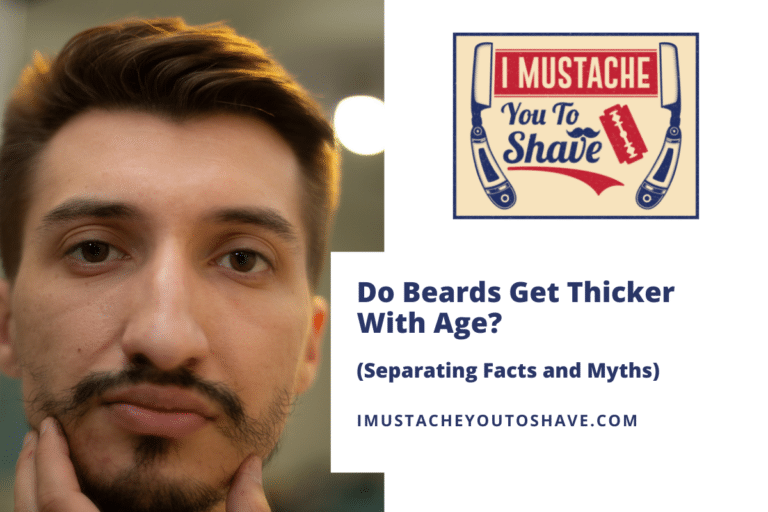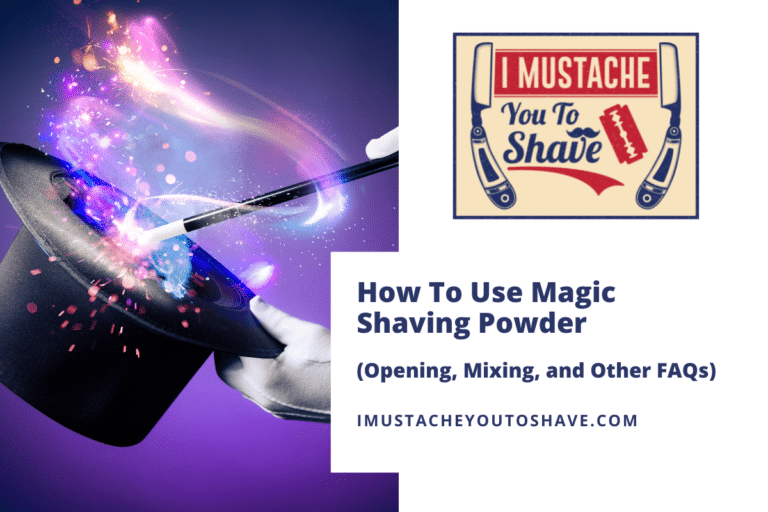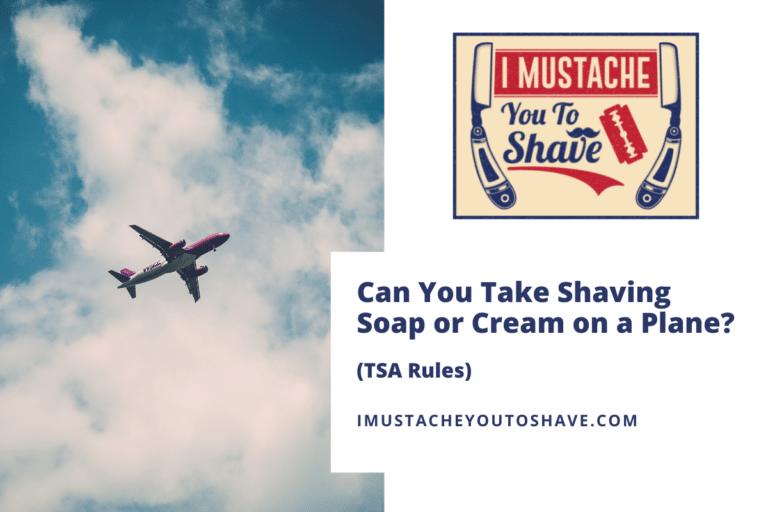Are Straight Razors Dangerous? (With Proper Etiquette & Safety Info)
Shaving is a ritual that has been passed down through the ages, and the act has gone through many technological improvements over time. In particular, straight razors have been used for hundreds of years without going through much design change. But how dangerous are they in practical use?
Shaving with a straight razor requires proper preparation, careful blade maintenance, and a complete focus on the act itself. While the idea of using an exposed blade directly against your skin may be initially intimidating, a straight razor is actually no more dangerous than using any other razor – as long as basic safety precautions are taken.
Read on for more information about the history of straight razors, potential dangers, and how to use them safely.
Is it dangerous to use a straight razor to shave?
By definition, shaving is using a blade to remove hair, and any blade has the potential to cut you.
Shaving hair has occurred since at least the 3rd century BC. Primitive razors were originally hewn from rock shards shaped to a fine edge, but over centuries were developed into sharper and more consistent tools. In antiquity, a clean shave was done for both appearance alteration as well as utility. For example, Alexander the Great is renowned as promoting shaving as tidying up for a refined civil look as well as safety in battle (beards could be caught up or pulled in combat). Even today, military groups often promote similar appearance regulations. Straight razors were invented in the 17th century in Sheffield, England, and since then have been the gold standard for simple and straightforward shaves.
Maintaining clean tools and keeping the face moist and free of debris is the highest priority here, and crucial to a safe shave.
Since you’re dealing with the relatively sensitive skin of your face and neck, you want to avoid cuts and nicks. Even a small and painless wound can develop a host of health issues ranging from relatively mild symptoms to more serious conditions if left untreated. This is the reason that disinfecting your skin and tools is so important when shaving.
The most common and ultimately unavoidable issue with shaving comes from the natural inconsistencies in skin and each person’s individual facial features. Straight razors have a wide blade that is designed for single-edge cutting with minimal effort, but in this design, there is little room for error.
It is up to the shaver to avoid any issues with the skin such as pimples, bug bites, dry patches, ingrown hair, or other ailments of that nature. But if any of these are nicked, the blade of the straight razor delivers a fast and deep wound, so always be mindful of this possibility. As long as you are careful and address any issues quickly, you will have nothing to worry about.
The skill and technique required to use it safely must be ingrained and never rushed; it’ll be worth the time and effort it takes to master.
Does a straight razor give a better shave?
It goes without saying that you are using a tool designed to slice hair; there is no guard or guide to protect you. The word “razor” actually comes from the Old French raser, or “to scrape.”
Due to the nature of a single or double edge steel blade minutely honed to make incredibly close shaves, straight razors are notorious for being efficient at cutting/slicing. The whole point is to cut the hair as close to the skin as possible.
Maintaining clean tools and keeping the face moist and free of debris is the highest priority here, and crucial to a safe shave.
Is it dangerous to get a straight razor shave at the barber?
Barbers, as professional shearers, have been honing their centuries-old craft as long as they’ve honed their blades.
When it comes to cutting and shaving hair, you have little to fear from the pros as long as they are licensed, schooled barbers.
There are well-established and lengthy pre-requisites before a candidate is allowed to legally give haircuts or straight shaves. Often a certificate of completion from a state-accredited barber school plus at least 1500 hours of on-the-job training means that your barber is well versed in their trade.
As with shaving at home, a lot of what could be considered “danger” is actually a matter of sanitation may even require a straight razor with disposable blades that can be swapped out after each shave.
How to use a straight razor safely
Shaving with a straight razor requires your full concentration and a routine to ensure you are making the proper movements. You want to be aware of where the blade is at all times, and many straight razor shavers report a feeling of focus that is meditative and zen-like.
Safety is the key here, as we’ve discovered that a finely sharpened blade held to vulnerable skin will cut you with ease.
Here is a sample routine that should cover the basics and give you an idea of how to carefully explore the straight razor shave:
- Prepare your tools
- Prepare your skin
- Shave with care
- Post-shave skin care
- Post-shave tool care
Prepare your tools
You will want to strop your razor before beginning, 15-20 strokes per side should suffice. This frees the edge of any particulates and ensures a fine point.
You will also need a bar of shave soap or foam, along with a boar hair brush which should be wetted with hot water and lathered up to a fine foam. You will want a wet towel and a dry towel for cleaning your face.
Prepare your skin
Before shaving, a hot to cold shower is best, as it will open the pores of the face and raise/lengthen the hair follicles to ensure you remove the most hair. You can also wash your face hot/cold and take a few minutes to put a damp warm towel on your face to achieve a similar effect.
The point is to prepare the skin for the shave but also to clear your mind and begin to focus on the task at hand.
Apply a pre-shave oil or lotion to help lubricate the blade, this allows for a smooth pass and reduces snags on the skin. Olive oil can work in a pinch.
Shave with care
For a complete shave, you will want to do three passes: one with the grain (same direction as hair growth), one across the grain, and one against the grain. This ensures that all hairs are uniform and no stragglers are left behind.
The focus mentioned earlier is of the utmost importance, do not allow yourself to be distracted. Know what your hands are doing and where the blade’s edge is at all times.
Take your time in each pass, as they require more precision as your progress. Against the grain is typically where mistakes are made and cuts happen. Take particular care on this last pass.
Post-shave skin care
After your shave, your skin is going to feel invigorated and vulnerable (it just had a close brush with a sharp blade after all). You have exfoliated and removed much of the grime clogging the pores and protecting the top layer of skin, and now you need to bolster it now more than ever.
A quick rinse with water to close the pores should suffice. Moisturizer helps keep the face hydrated, one with UV protection is even better.
If you have a beard or mustache, apply your oils/balms. Finish with some aftershave to sanitize and help the skin heal quickly.
Post-shave tool care
You aren’t finished with your routine once you’re done shaving and washing.
Your tools must be cleaned and sanitized; otherwise, you risk a dirty shave next time. This is how accidents and infection occur, so care for your kit as much as your face (if not more so).
You should organize your tools into a kit so that you always remove and replace them in the same manner to help establish the routine and keep you from straying.
Always clean, dry, and lubricate your blade before stashing it in its place. An isopropyl alcohol wipe down followed by a towel dry sanitizes the razor. Finish with a few drops of mineral oil and a wipe to remove excess.
Now replace your razor, strop, brush, soap, and mug in the kit and you’re done!

